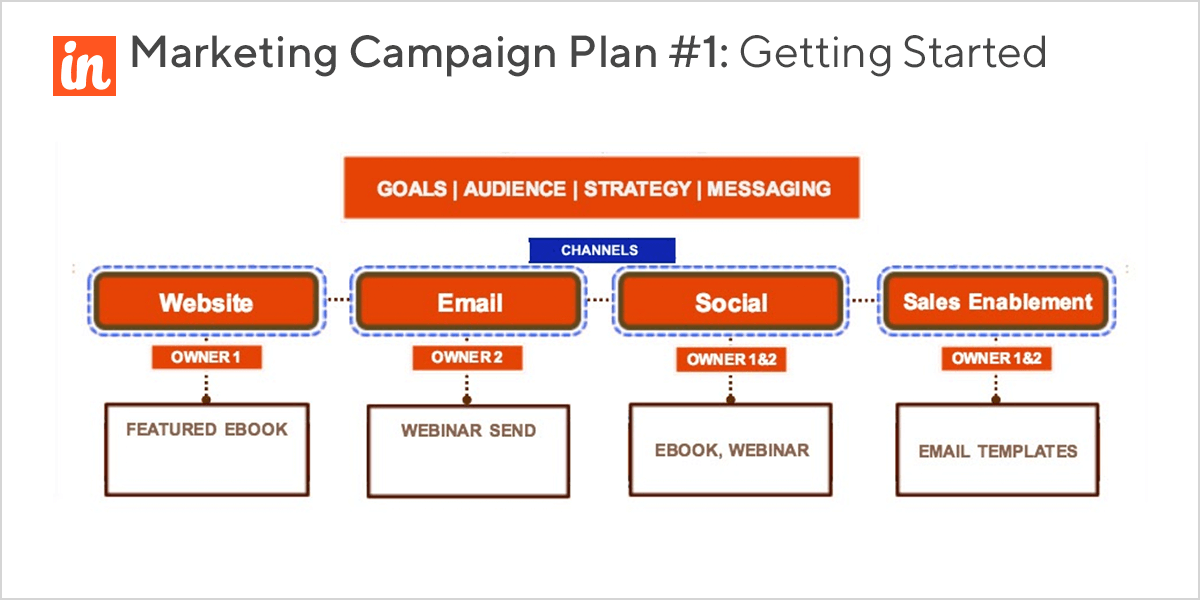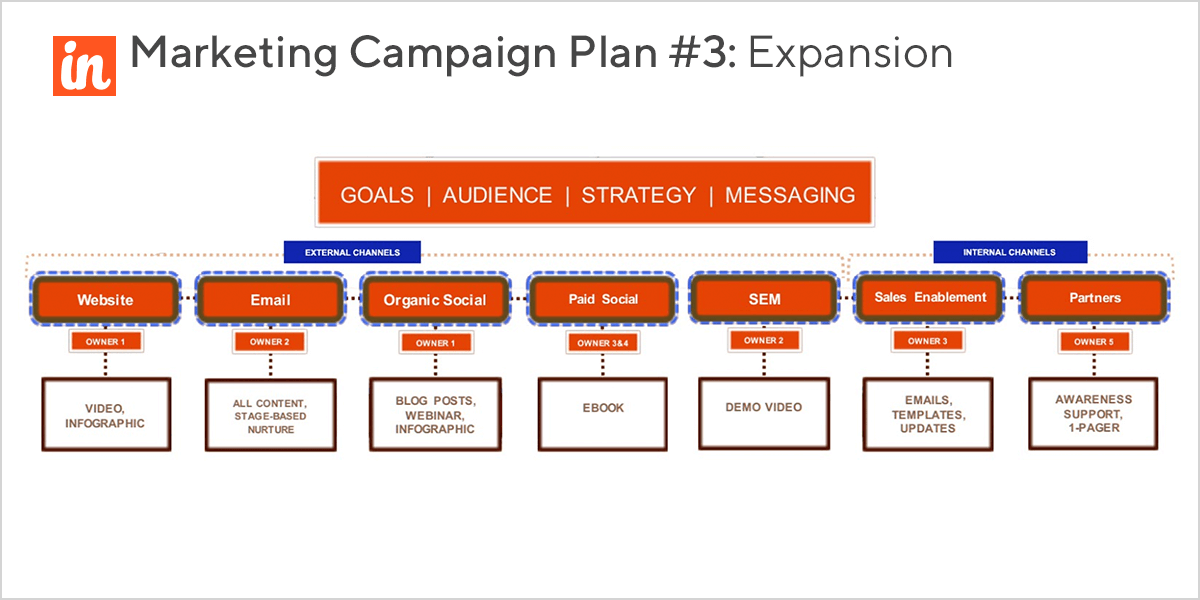Sales
Tips on finding sales-ready leads & planning marketing campaigns
In our recent webinar, Insightly CEO Anthony Smith showed how to use Insightly Marketing to identify sales-ready leads and run various B2B marketing campaigns to grow business. Below are a few key takeaways from the webinar.
How to identify sales-ready leads in your database
The majority of businesses rely on new lead acquisition for growth and pay little attention to existing leads. In many ways, that’s a waste of resources and effort, not to mention lost sales opportunities. Part of the challenge here is the separation between sales and marketing processes: marketing passes leads to sales and, unless a lead turns into a customer, is done with the outreach. With Insightly’s unified platform and a CRM connector you can solve this issue by easily moving “contacts” from the CRM side into Marketing as “prospects,” getting another chance to identify sales-ready leads and add them to nurture campaigns. You can set up customer journeys with a series of emails that include tracked links, so you can easily map your prospects’ interactions with brand content and determine their readiness to buy. More specifically, here are a couple of ways to identify sales-ready leads:
- Engage leads with the right content, such as pricing information, vendor comparisons, data sheets, etc. and use responses to determine their readiness to buy.
- Use secondary calls to action (CTAs), such “contact sales” button or links to resource and pricing pages and track clicks to identify your prospects’ exact stage in the funnel.

How to create a successful marketing campaign: the basics
Before introducing different marketing campaign plans you can execute with Insightly Marketing, let’s go over the four basic steps in developing any marketing campaign plan.
- Define your goals. Make your goals specific, measurable, and achievable. Whether it’s a new product line, geographic expansion, or attracting a new customer type, make sure your marketing goals are driven by your business needs. For example, if your business goal is to bring in more mid-market companies, then your marketing goal might be to “generate 1,000 new marketing qualified leads from mid-market companies online in the first half of 2020.” Use benchmarks to ensure you’re on track at any given point in time and to motivate your team along the way.
- Determine your audience. Your buyer profile, which includes basic demographic information, industry and company profile, business role, and specific pain points will shape your business strategy, outreach campaigns, messaging, content, and execution. Research your ideal customer’s daily content consumption habits and preferences. Which news or business sites do they visit? How frequently? What about social media channels? What type of content (blogs, webinars, podcasts) do they engage with the most?
- Develop strategy. You’ve got your goal and audiences set. Now you need to identify campaign types to determine your course of action. What are you trying to get people to do? Download content, watch videos, browse your website, and/or talk to sales? If your goal is to drive traffic to the website, then share engaging brand content (like infographics, for example) across social and other content distribution platforms. Also, whenever possible, your sales reps should encourage prospects to visit your website.
- Messaging. Make sure you create a central theme first and then develop different types of content for each stage of the customer journey. For example, you may use top-of-the-funnel content, like blog posts or ebooks, earlier in the journey and share product details and vendor comparisons down the road.
Now that we’ve covered the basics, let’s review three types of marketing campaign plans you can set up in Insightly Marketing.

Getting started campaign
This is one of the most basic, easy to set up, and budget-friendly multi-channel marketing campaigns. Use your website, social channels, and email to reach your target audiences. Once you create at least one anchor piece of content, such as an e-book or webinar, you can repurpose it in various formats across these online channels as well as add it to your sales enablement toolkit. These simple campaigns are great for learning marketing automation basics and testing the effectiveness of your messaging and content.

Customer upsell campaign
In the B2B world, where sales cycles are long and complex, upselling and cross-selling can be a challenge. This campaign plan can help you organize your efforts and empower your sales team. The key component of an upsell campaign is educational content. Use your website, help center, and customer stories to provide prospects and customers with answers to their most pressing questions and best practices on how to make the most out of your product and/or service. Create email templates your sales and customer service teams can use for ongoing outreach. User groups are a great way to collect customer feedback and foster community among your customers.

Expansion campaign
This is the most complex and expensive plan and is often used for breaking into a new industry or market segment. Here you may add new channels, such as paid social and partner marketing. As you expand your business, you may find that partner network is one of the most effective ways to reach new customer segments, build trust, and establish relationships.
Whether you’re just starting out with your marketing campaigns or are a total pro looking for better marketing automation solutions and sales and marketing integration, request Insightly Marketing demo to learn how you can take your marketing to the next level and reach your business revenue goals.